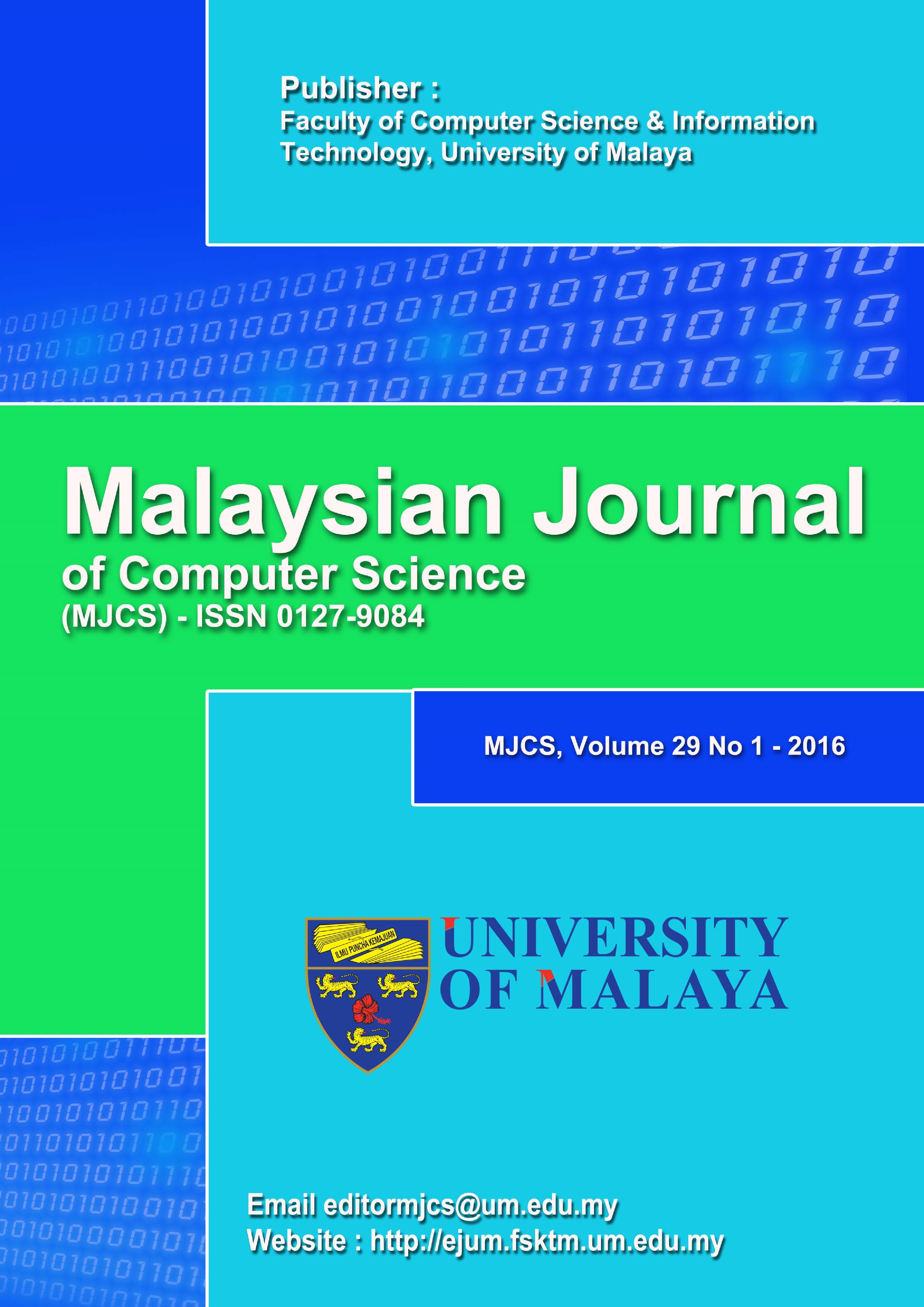AN EFFICIENT SENTIMENT ANALYSIS BASED DEEP LEARNING CLASSIFICATION MODEL TO EVALUATE TREATMENT QUALITY
Main Article Content
Abstract
Extracting information using an automated system from unstructured medical documents related to patients discharge summaries in the health care centers is considered a big challenge. Sentiment analysis of medical records has gained significant attention worldwide to understand the behaviors of both clinicians and patients. However, Sentiment analysis of discharge summary still does not provide a clear picture of the information available in these summaries. This study proposes a machine learning-based novel sentiment analysis unsupervised techniques to classify discharge summaries using TF-IDF, Word2Vec, GloVe, FastText, and BERT as deep learning approaches with statistical methods, and clustering. Our proposed model is an unsupervised sentiment framework that provides good understanding and insights of the clinical features that are not captured in the electronic health data records. Moreover, it’s a hybrid sentiment model consisting of clustering technique and vector space models for selecting the distinctive terms. The main intensity of measured sentiment is captured using the polarity of positive and negative terms in the discharge summary. The combination of SentiWordNet platform and our approach is used to build a lexicon sentiment dataset (assignment polarity). Experiments shows that our suggested method achieves 93% accuracy and significantly outperforms other state of the art approaches based on the inspiration of sentiment analysis technique to examine the treatment quality for discharge summaries.
